transcranial magnetic stimulation mechanism
Repetitive transcranial magnetic stimulation TMS or rTMS hereafter simply TMS is an FDA-cleared treatment for pharmacoresistant MDD. Transcranial Magnetic Stimulation.

Repetitive Transcranial Magnetic Stimulation Physiopedia
Transcranial Magnetic Stimulation TMS is a neurophysiological technique that allows a noninvasive painless stimulation of the human brain through the intact scalp.

. Transcranial magnetic stimulation TMS is a non-invasive way to investigate cortical excitability via magnetic stimulation of the brain. Transcranial Magnetic Stimulation TMS is widely used in neurophysiology to study cortical excitability. Although repetitive TMS rTMS has been used to treat a variety of serious pathological conditions including stroke depression Parkinsons disease epilepsy pain and migraines the pathophysiological mechanisms underlying the effects of.
Stability of the TBI modelA Magnetic resonance imaging indicates no significant difference in the size of parenchymal injury between the TBI and rTMS groupsB Quantitative result for the ratio of injured area to ipsilateral area 3 days after TBI. Kimbrell 1999 Frequency dependence of antidepressant response to left prefrontal repetitive transcranial magnetic stimulation rTMS as a function of baseline cerebral glucose metabolism. TMS is currently a valuable tool that can help us understand the pathophysiology of PSD.
RTMS is a method of non-invasively stimulating the cerebral cortex via the principles of electromagnetic induction and is considered to be promising in treating neurological and. Although repetitive TMS rTMS is an effective treatment for patients with PSD its mechanism of action remains unknown. This review summarizes the anti-depressant mechanisms of repetitive transcranial magnetic stimulation in preclinical studies including anti-inflammatory effects mediated by activation of nuclear factor-E2-related factor 2 signaling pathway anti-oxidative stress effects enhancement of synaptic plasticity and neurogenesis via activation of the.
In recent years repetitive transcranial magnetic stimulation rTMS has emerged as a promising alternative strategy for treatment-resistant depression and its clinical efficacy has been investigated intensively across the world. Data are expressed as mean SD n 15group and were analyzed by Students t-test. Transcranial magnetic stimulation TMS is a versatile method that non-invasively modulates neural processing in the brain by inducing a short capacitor discharge of electric current into a stimulated coil and subsequently generats a magnetic field which then induces neural cell membrane potentials depolarizing in cortical tissue.
Transcranial Magnetic Stimulation4 Improved top-down cognitive control over emotional processing Indirect Effect by reducing comorbid. However the underlying neurobiological mechanisms of the antidepressant effect of rTMS are still not fully understood. Transcranial Magnetic Stimulation TMS may be the answer to the dream of thousands of specialists by stimulating noninvasively the brain and nerve structures in awake.
Magnetic field penetrates skin scalp and skull practically without attenuation The induced electric field exerts the effects electrodeless-electric stimulation The relationship between the current density inside and outside the brain depends on individual tissue properties. Working Mechanisms inproceedingsRidder2017NoninvasiveTM titleNoninvasive Transcranial Magnetic and Electrical Stimulation. Transcranial magnetic stimulation TMS is an effective method used to diagnose and treat many neurological disorders.
Working Mechanisms authorDirk De Ridder and T Stockl and. Research over the last few decades has highlighted its added value as a potential therapeutic tool in the treatment of a broad range of psychiatric disorders. Several decades ago Penfield and Perot demonstrated how electrical stimulation could impact patients in an open craniotomy which served as a first step in thinking about various stimulation techniques.
16 Transcranial Magnetic Stimulation in Clinic al Psychiatry the freque ncies involved in TMS magnetic. Different brain areas can be targeted by TMS depending on the position of the coil. Noninvasive Transcranial Magnetic and Electrical Stimulation.
However the neurophysiological mechanisms underlying this treatment effect in AN are poorly understood. TMS therapy uses pulsed magnetic fields typically delivered to the DLPFC to improve symptoms of depression. Specially there are increasing number of studies about the potential effectiveness of noninvasive brain stimulation NIBS particularly repetitive transcranial magnetic stimulation rTMS.
We therefore performed the first functional neuroimaging analysis investigating rTMS effects in AN patients.
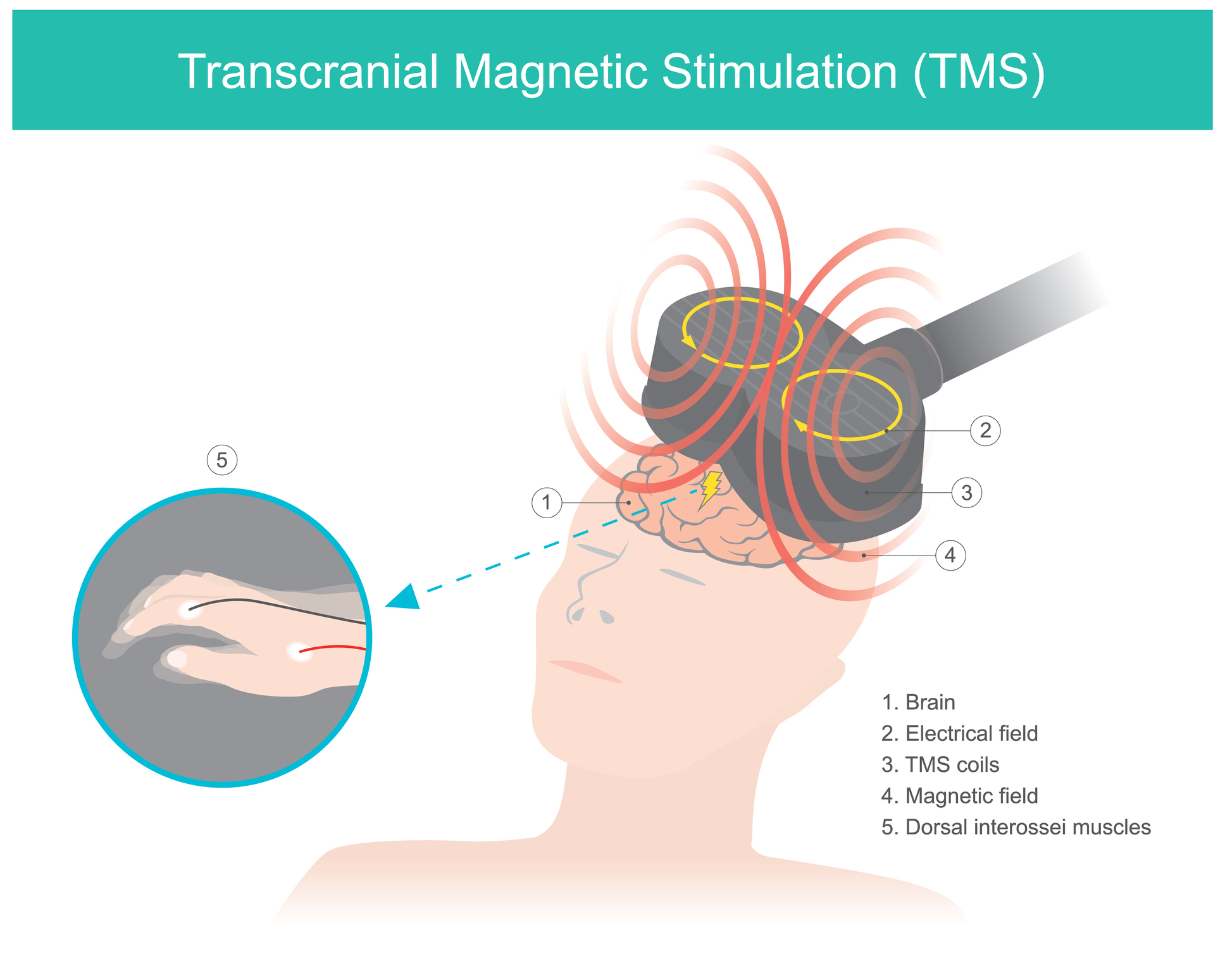
Mds On Twitter Some Techniques Used To Treat Pd Are Controversial On The Latest Mds Blog Our Experts Discuss Mechanisms Effects And Future Research Directions Of Repetitive Transcranial Magnetic Stimulation Rtms And

Transcranial Magnetic Stimulation For Depression Review Of The Evidence

Effects Of Repetitive Tms Rtms On Single Neurons Within A Download Scientific Diagram

Neuromodulation For Treatment Refractory Major Depressive Disorder Cmaj

The Basic Principle Of Transcranial Magnetic Stimulation Figure Download Scientific Diagram
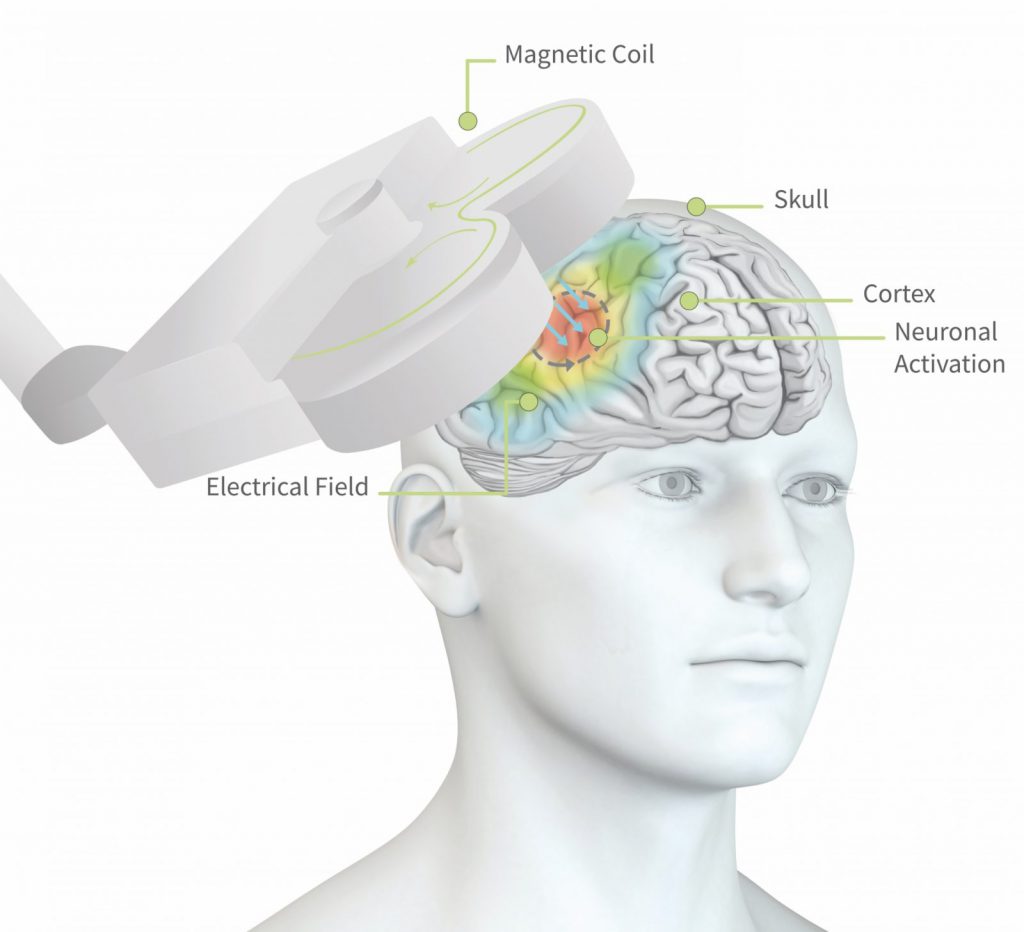
Rtms Repetitive Transcranial Magnetic Stimulation And Depression Brainclinics
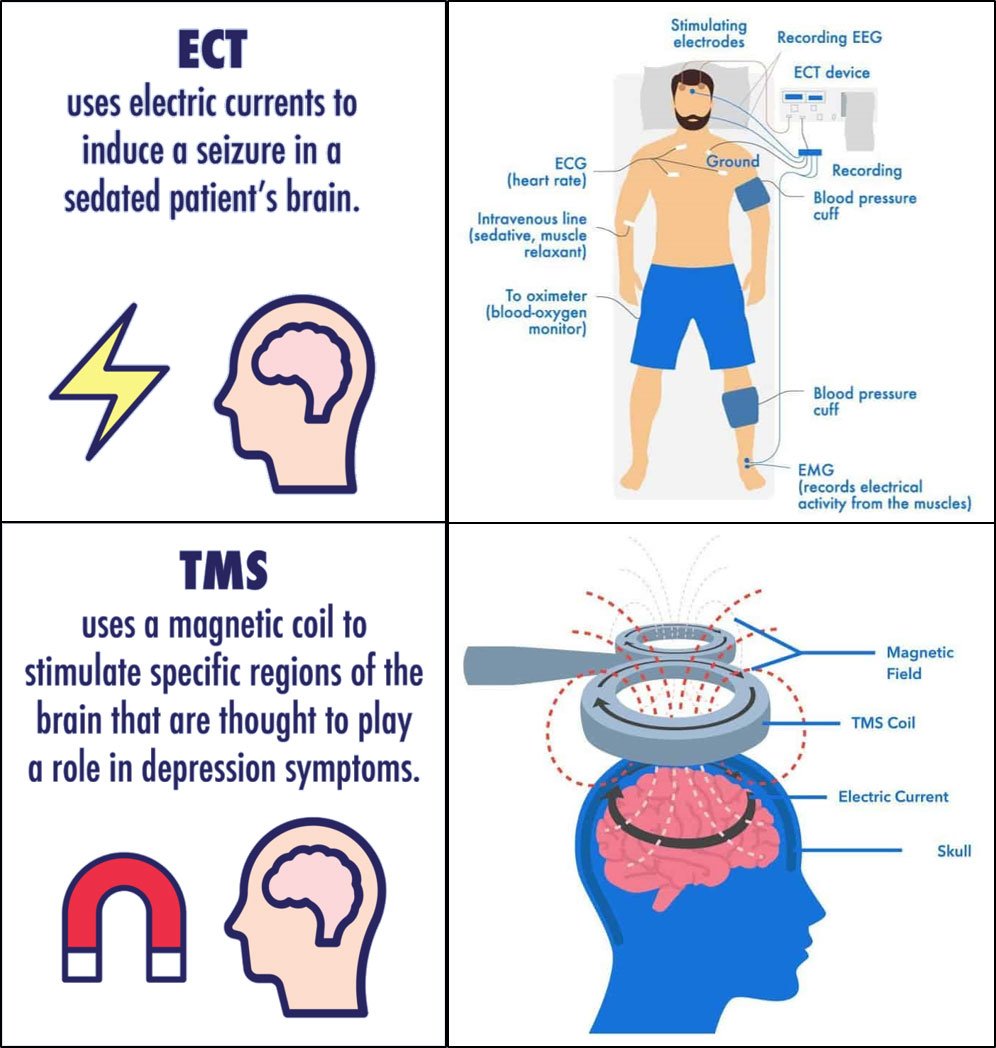
Transcranial Magnetic Stimulation
Guest Post By Dr Manuel Casanova All About Transcranial Magnetic Stimulation Science Over A Cuppa
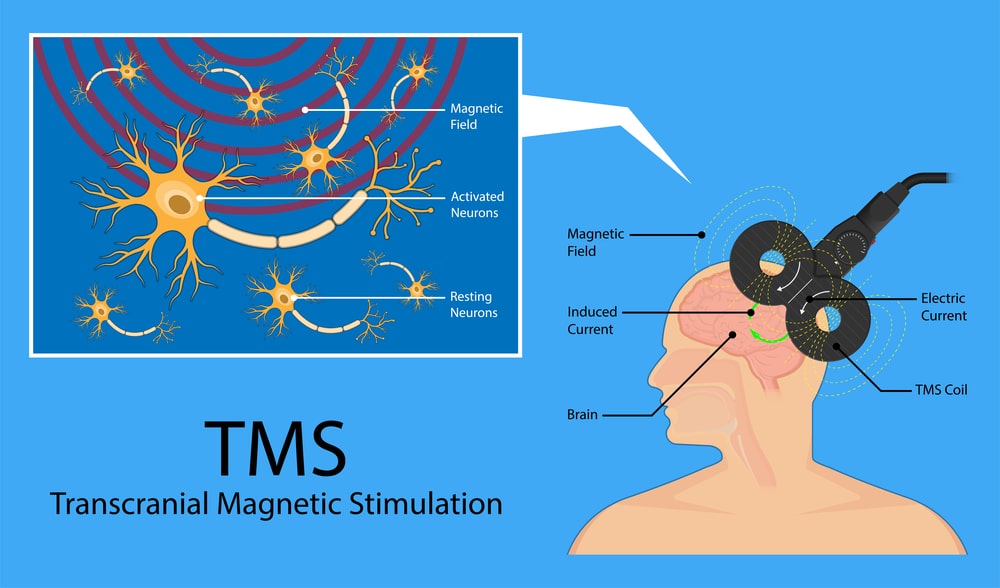
A Guide On The Future Of Transcranial Magnetic Stimulation Tms
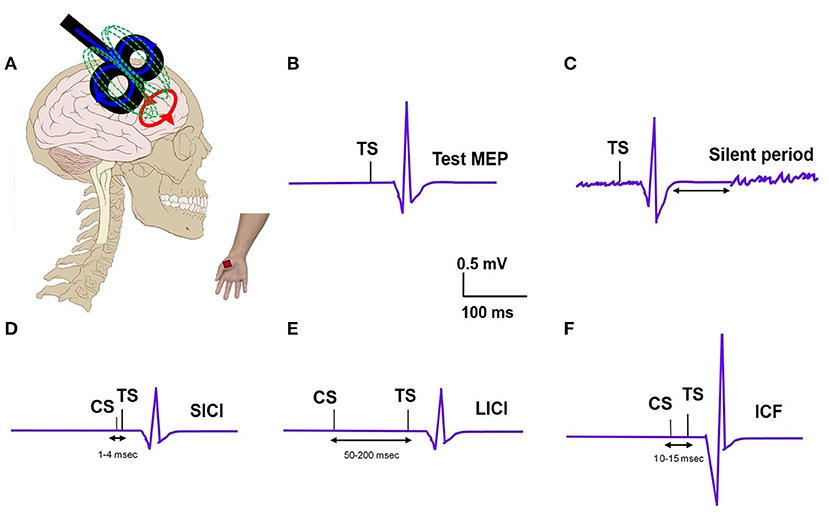
Frontiers Transcranial Magnetic Stimulation In Tremor Syndromes Pathophysiologic Insights And Therapeutic Role

Transcranial Magnetic Stimulation A Primer Neuron
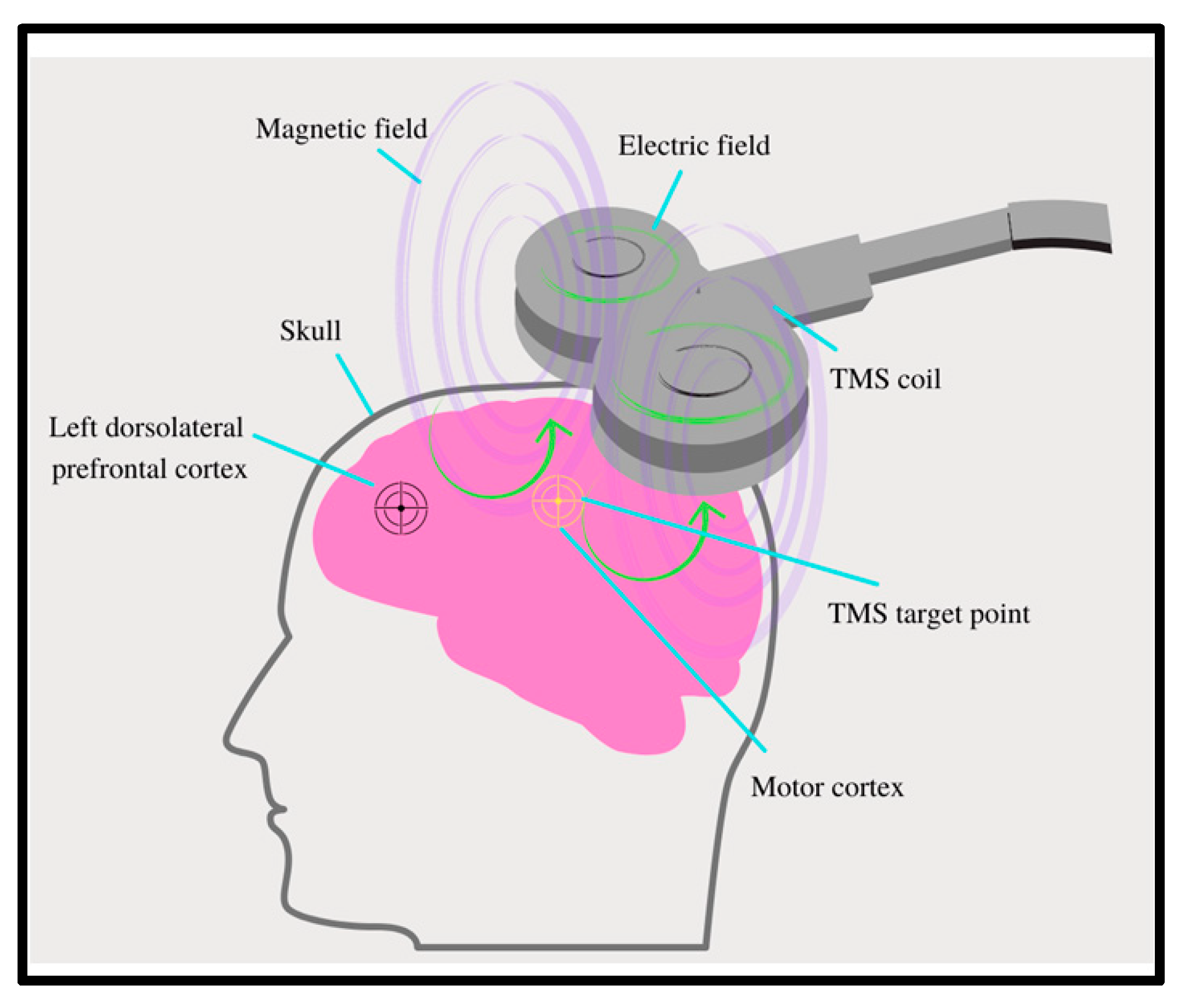
Jcm Free Full Text Implications Of Transcranial Magnetic Stimulation As A Treatment Modality For Tinnitus Html
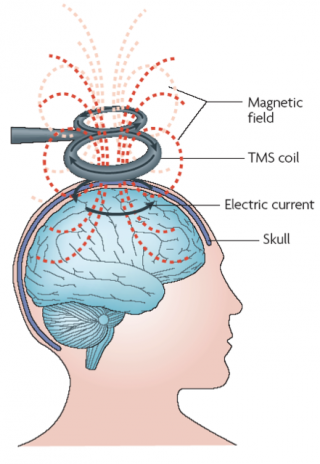
Transcranial Magnetic Stimulation Tms Treats Depression Psychology Today

Possible Mechanisms Of Action Of Repetitive Transcranial Magnetic Download Scientific Diagram

Transcranial Magnetic Stimulation Tms Neuromodulation Working Group Meeting
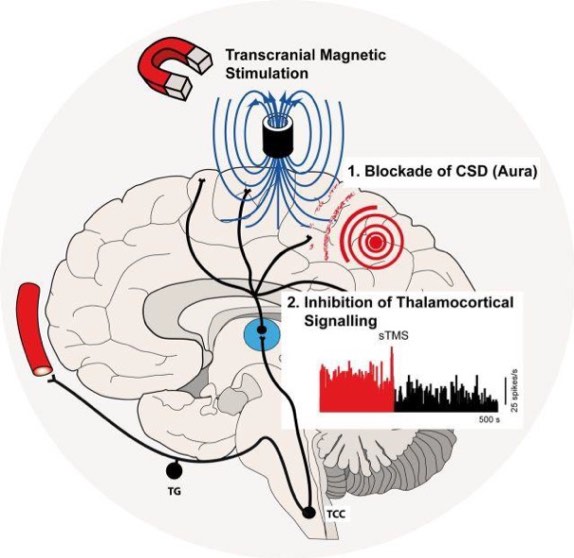
A Short Summary On Single Pulse Transcranial Magnetic Stimulation To Treat Migraine
Schematic Representation Of The Experimental Procedure Of The Tms Download Scientific Diagram
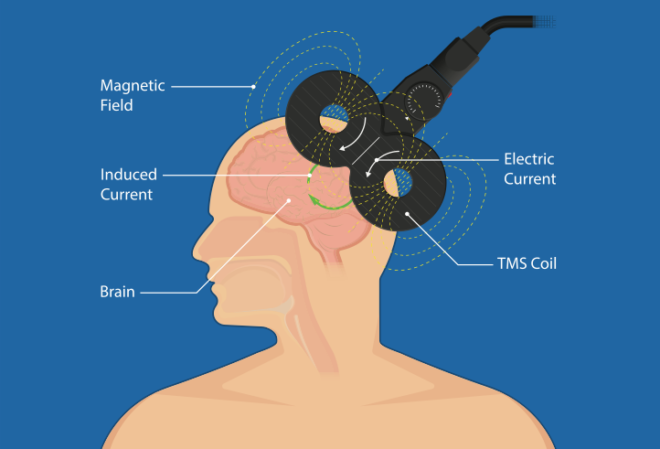
The Basics Of Transcranial Magnetic Stimulation Sapien Labs Neuroscience Human Brain Diversity Project
